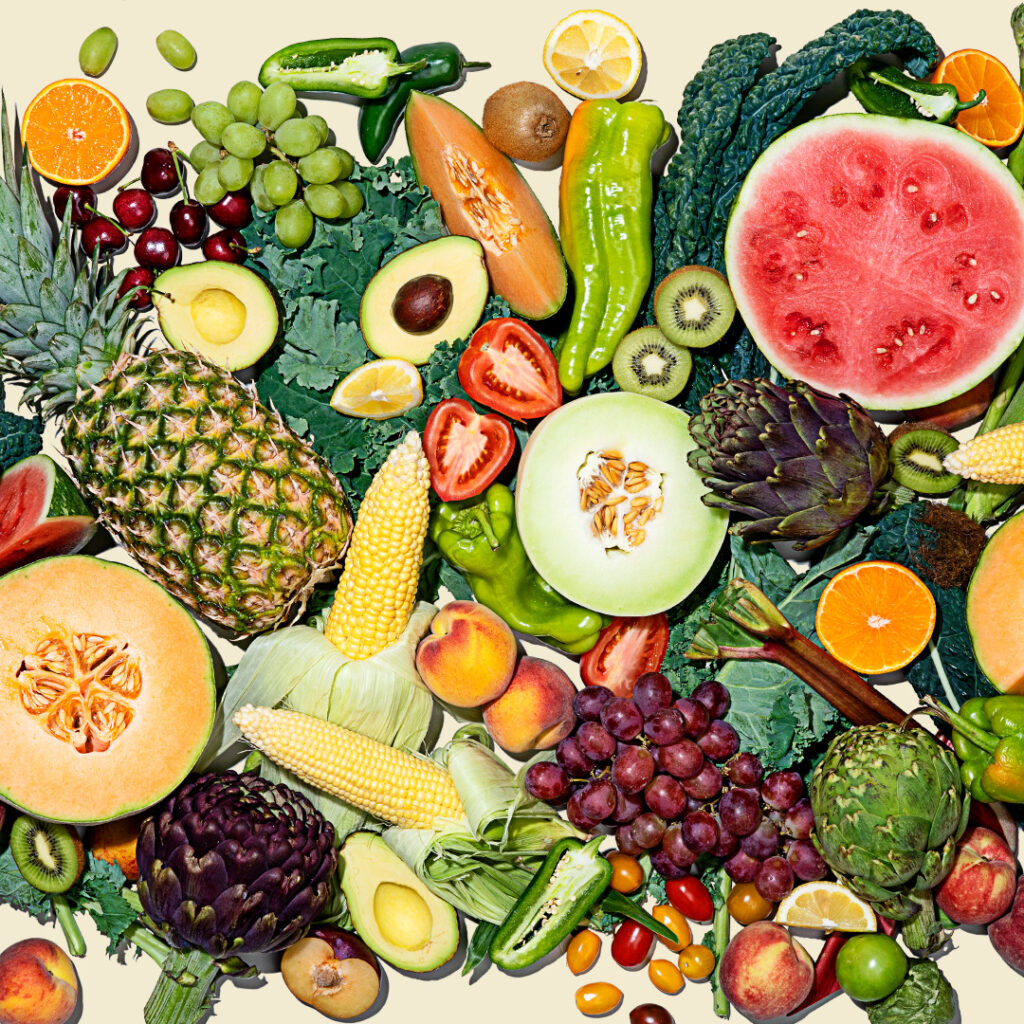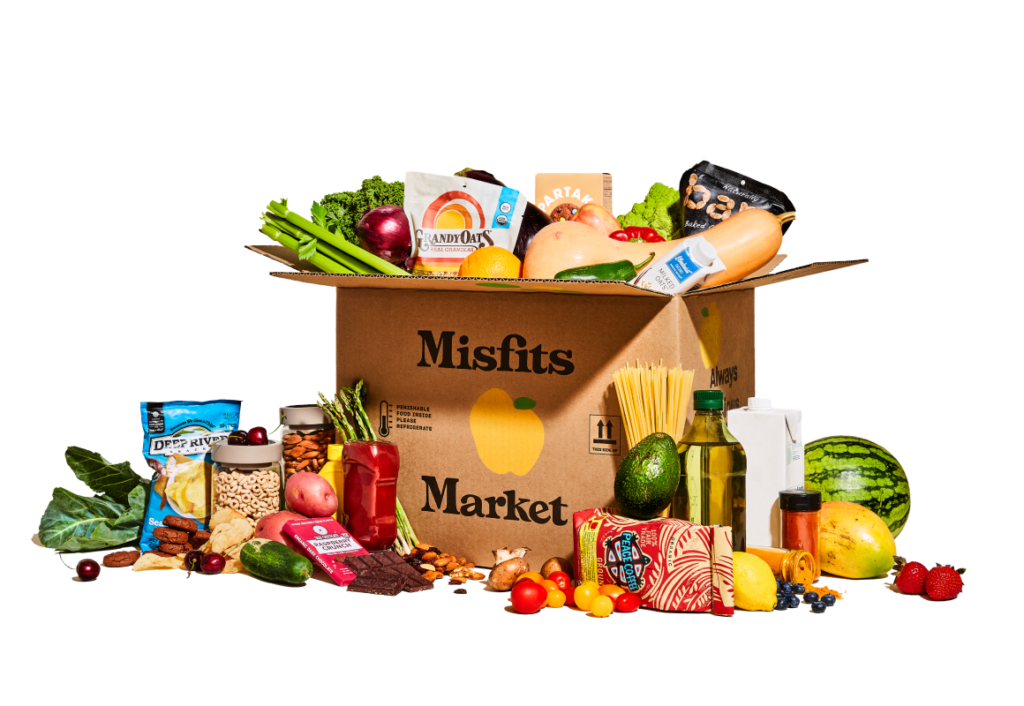Why food is wasted, what it costs us, and what we can do about it

img tk
Food is one of the most valuable resources we have—so why is nearly 40% of it wasted in the U.S. every year? From farms to grocery stores to households, wasting food occurs at every step of the supply chain, often for reasons that have little to do with safety or quality.

At Misfits Market, we’re on a mission to fight food waste head-on. But before we dive into solutions, it’s worth understanding why food waste is a problem, how much of it is happening, and what it’s really costing us.
How Much Food Is Wasted in the U.S.?
Let’s start with the stats:
- About 38-40% of all food in the U.S. goes uneaten.
- That equals around 130 billion meals or more than $400 billion worth of food per year.
- The average American household wastes over 300 pounds of food annually.
- Globally, if food waste were a country, it would be the third-largest emitter of greenhouse gases after the U.S. and China.
Sources of waste range from cosmetic imperfections and overproduction to confusion about food expiration dates and a lack of knowledge around food storing solutions.
Why Is Food Wasted?



Some of the most common reasons include:
- Overbuying or poor planning at the household level
- Short-dated products being tossed by retailers
- “Ugly” or imperfect produce being rejected before it hits shelves
- Food expiration date confusion causing perfectly edible groceries to be thrown out
- Overproduction and spoilage on farms, especially when there’s no market for surplus
- Packaging changes and outdated branding, causing brands to want to toss outdated items in favor of new designs
Learn more:
- Why We Rescue Packaged Foods at Misfits Market
- What makes something a misfit: Why Foods Are Rejected at The Grocery Store
- What Are Short-Dated Foods—and Why Do We Ignore Them at Misfits Market?
- Why Expiration Dates Lead to Unnecessary Waste
The Impact of Wasted Groceries
When food is wasted, we’re not just throwing away what’s on the plate—we’re wasting everything it took to get that food there: water, land, labor, energy, and money.
The environmental toll includes:
- Increased methane emissions from food rotting in landfills
- Wasted water and fuel used in farming, transport, and refrigeration
- Depletion of natural resources without any nutritional benefit
The social toll is just as serious. While nearly 40% of food is wasted, millions of Americans are facing food insecurity—a stark reminder that waste isn’t just an environmental issue, it’s an equity issue too.
Why Misfits Market Cares

We were founded on the idea that good food should not go to waste—especially not for looking a little different or being close to its sell-by date.
By rescuing high-quality groceries (like imperfect produce, surplus snacks, and short-dated items) and selling them at a discount, we give that food a second chance—and give our customers a way to shop more affordably and sustainably.
It’s a win-win-win: for your wallet, for the planet, and for the food that deserves better than a landfill.
So… What Can You Do?
The good news: You don’t have to overhaul your life to make a real difference. Even small changes—like planning meals, storing food and produce correctly, or embracing upcycled ingredients—can add up fast.
- Explore our full Food Waste Hub
- How You Can Reduce Food Waste at Home
- How to Eat More Sustainably
- Sustainable Meals & More DIYs at Home
- How to Make Your Food Last Longer: Tips for Reducing Waste and Saving More
Shop rescued groceries and upcycled foods at Misfits Market.
